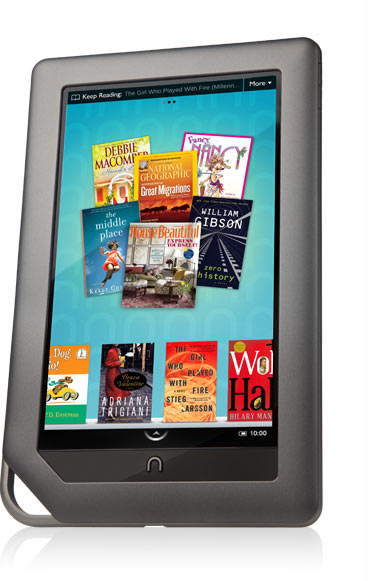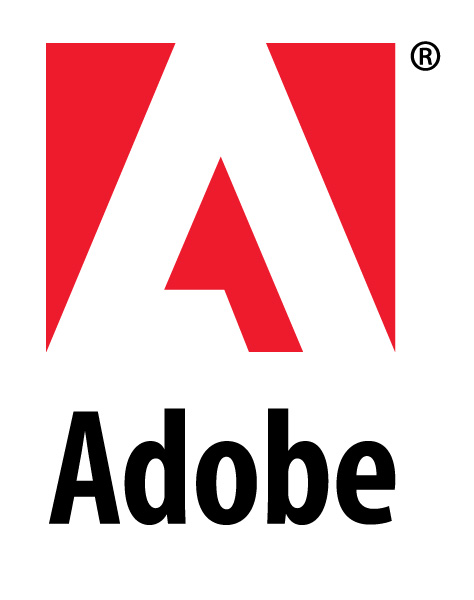 CLICK to read article on Technolog - MSNBC
CLICK to read article on Technolog - MSNBC"While the idea behind Google TV holds great promise, the first products to come from that vision are too impotent and hard to use. The search giant, flush from back-to-back revolutions in the Internet and mobile spaces, decided to aim a missile of change at the very broken television experience. It's noble, but it could well be just another Google idea doomed to fizzle.
After testing both the $300 Logitech Revue and the $400 Sony Internet TV Blu-ray player — which are about 90 percent identical Google TV systems — I can tell you that the platform is nowhere near ready for your viewing enjoyment.
As you can probably guess from Google's interest in the subject, Google TV is about apps and search. The Logitech and Sony devices — set-top boxes which you connect to the Internet and to your cable or satellite box — are supposed to be partly a 'relax, we got it covered' manager of content, and a 'hey, check this out' guide to discovering more. They run Android and will get a version of the Android Market, with apps made especially for Google TV, sometime early next year. Currently, though, the included apps are fixed and limited: Netflix, Picasa, Pandora ... and not a whole lot else. Most other 'apps' are just links to websites, such as Amazon Video on Demand. You click an 'app' and instead, the browser launches. At that point, you are required to do what you'd do if you were on a computer: Log in, browse your options via touchpad, select and play.
If the website is compatible, that is. Google is currently promoting, on the 'Spotlight' page, the HBO Go service. However, Comcast subscribers are blocked from the Go service, because Comcast serves up HBO content on its own online VOD service, Fancast. But when you go to Fancast, you're told that the site is not compatible with Google TV, because it only works on computers running Microsoft's Internet Explorer and Apple's Safari. So here I am, a paying HBO subscriber, teased into thinking I can see HBO on this box, then let down by technological shortcomings and Hollywood licensing roadblocks. That right there is a common theme with Google TV.
- Sent using Google Toolbar"













